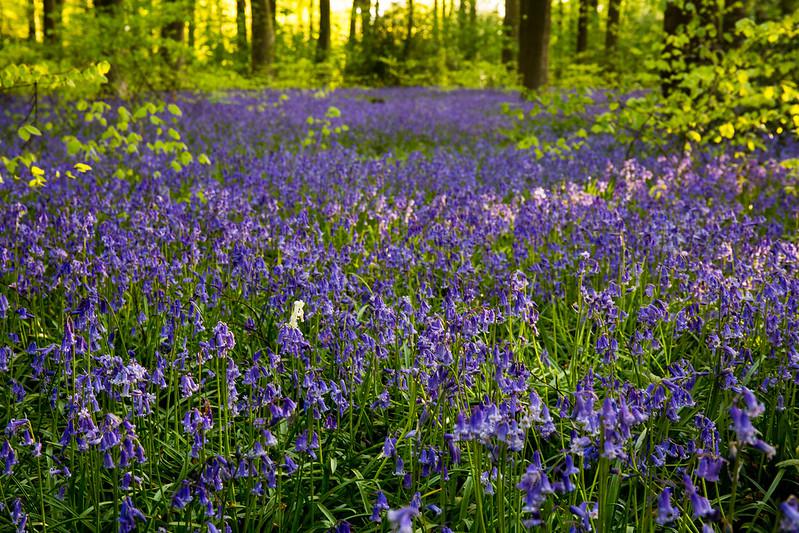An Ancient Monument
There aren’t too many places in the UK that can boast a landscape similar to Brean Down. Situated just to the west of Weston-super-Mare, the area forms a narrow promontory that stretches 2 kilometres into the Bristol Channel. Its unique appearance is the result of the unusual geology in the region, with Brean Down forming the end point of the limestone Mendip Hills. The terrain on the down climbs to its highest point at about 300 feet above sea level, with some great sea views and cliffs that are rich in fossils laid down millions of years ago.

Brean Down is characterised by a unique ecology that encourages many rare plant species to grow on its slopes. The down is equally intriguing for its cultural offerings, and is the site of a large fort that was constructed in the 1860’s to protect the region from a possible Napoleonic invasion. There are also the remains of an old Roman temple and an Iron Age fort, with Brean Down being recognised as an Ancient Monument for its historical significance. With beaches, cliffs and wonderful scenery, it’s a great coastal destination and is perfect for seeing some natural wonders.
Bluebell Meadows
One of the highlights of Brean Down is a phenomenon that occurs every year, and is one that the down has become increasingly famous for throughout the country. Marking the beginning of spring, the slopes of Brean Down become packed with thousands of beautiful blue flowers belonging to the Bluebell. The Common Bluebell is native to large parts of western Europe, although the British Isles are the main stronghold of the species, with few other places seeing the density of flowers that appear in UK woodlands and meadows. For this reason, it’s often regarded as one of the most popular British flowers, usually taking the crown in surveys on the subject.

Bluebells thrive in areas of ancient woodland and the flowers often dominate the vegetation at ground level, creating beautiful carpets of colour that can be a fantastic sight. They also grow very well in slightly acidic, open meadows and this is one reason the Bluebell appears in such large numbers at Brean Down. It’s not just the colour that makes these Bluebell fields so impressive, the flowers also give off a wonderfully sweet scent. Top tip for spotting Bluebells at Brean Down: visit during April or May, when the flowers are in full bloom.
Bristol Channel Shores
A plethora of other wildflowers can be seen at Bream Down growing alongside the Bluebells. Cow Slips, Primroses and Daffodils are all common and you can expect to see a few rarities as well. The southern slopes of the down are well-grazed and this encourages the growth of White Rock Rose and Somerset Hair Grass, both of which are very uncommon sights elsewhere in the country. The flowers in turn attract many insect species looking to feed on the pollen and nectar. The buzz of bumblebees is an ever-present sound during the summer months and there are also many butterfly species to be seen floating across the meadows.
The elevation near the top of Brean Down makes it perfect for spotting marine wildlife, as well as providing magnificent views out across the Bristol Channel to the Welsh Coast. Both Harbour Porpoises and Grey Seals are frequently sighted, with dolphins occasionally spotted further out on the water. The region is great for birdwatching, particularly during the breeding season around spring and summer. Peregrine Falcons have been recorded nesting on some of the down’s higher cliffs in recent years so you might want to keep your ears tuned to the piercing cries of this raptor species. Some of the other birding highlights include Stonechats, Rock Pipits and Linnets. A garden near Brean Down was even the site of the first and only recorded Atlantic Yellow-Nosed Albatross in Britain, so the area is no stranger to a rare species. Visit Brean Down and you’ll be guaranteed a walk that’s been voted one of the best in the UK, with a range of sights to see and some fantastic flora and fauna to top it off.
